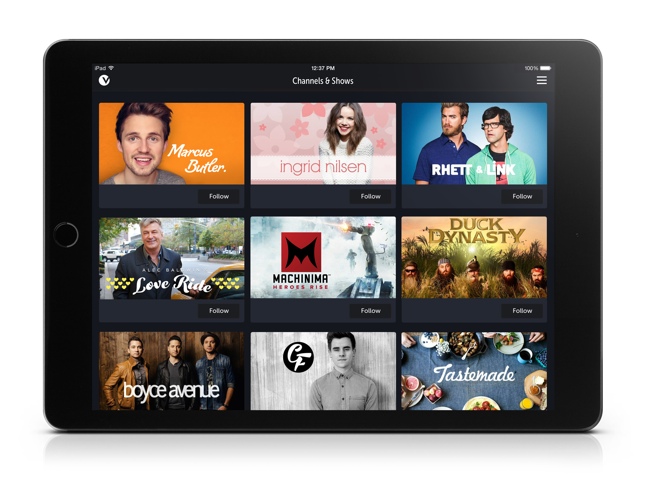-
Vessel is a Huge Willingness-To-Pay Test Case With Broad Ramifications
Vessel has pulled back the curtain on its long-rumored business model this morning, which essentially boils down to being a huge willingness-to-pay test case. The fundamental question: will online video viewers pay $2.99/month for Vessel's service, which includes a "modest amount of advertising," to gain early access to select online videos that will otherwise be available for free within 3 days or more?
If the answer is yes, there is no doubt we'll see an explosion of paid early access models from all kinds of video content providers. If the answer is no, then Vessel would have to revert to an ad-supported only business model, which would leave it with a far less interesting value proposition to content creators.First, stepping back, it's worth taking stock of how far and quickly YouTube video has evolved. It wasn't that long ago when YouTube was synonymous with UGC and copyright violations. Today, independent creators are building huge followings on YouTube, which has spurred 2014's deal mania over MCNs. Now along comes Vessel, with its well-heeled founders and investors, which believe select YouTube video is worthy of a paid, early access window.
No doubt, for some super-fans (including teens who convince their parents to pay!), the $2.99 early access offer will be a no-brainer. But the questions are just how extensive is this population, and what happens to Vessel if does in fact prove to be significant?
On the first question, Vessel is challenging the fully free YouTube model, including viewer-friendly True View ad-skipping, which have helped to make YouTube so enormously popular. Free is now a deeply ingrained viewer expectation among millions of online viewers, with subscription models like Netflix, Hulu Plus and a few others still the exception.
But remember the early days of cable TV, when cynics questioned why anyone would ever pay for TV when it was freely available via broadcast? Clearly, the combination of more varied content, new use cases and importantly, improved broadcast reception (i.e. same content as available for free!), proved to be significant differentiators, leading to today's world of 90%+ pay-TV penetration in the U.S.
Vessel is basically an updated spin on cable TV's playbook: create a better user experience, improve access to content, develop some originals, provide better economics to content creators and offer a relatively low subscription fee.
All of that suggests Vessel could be a hit. But that may be when Vessel's real challenges begin. That's because, if Vessel proves a paid early window is viable, everyone will rush to emulate it, causing huge competition for viewers' wallets. The most significant competitor should, by all rights, be YouTube. It seems like a relatively trivial change for YouTube to offer creators an early paid window as well, and matching economics if it wants to. YouTube has previously introduced the subscription model, and its massive reach would surely gain it a leg up on driving subscribers.
Vessel's big advantage is that its whole model is laser-focused on making subscriptions work. It doesn't have the handicap of trying to layer this model onto an existing site. Vessel's team has strong experience, relationships and credibility. It would be fascinating to know what market research Vessel did on the willingness-to-pay question. But of course this would only be speculative anyway.
As 2015 unfolds we'll all learn whether Vessel's subscription model is viable, and if so, whether it succeeds in moving online video to its next stage. If and when that happens, OTT as a competitor to pay-TV would also be accelerated.Categories: Commerce, Indie Video, Startups
Topics: Vessel

